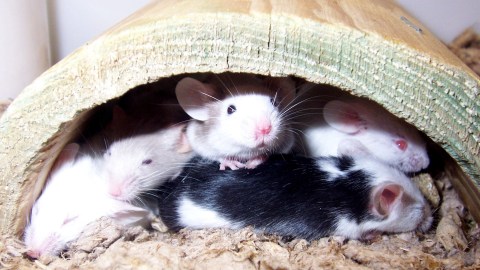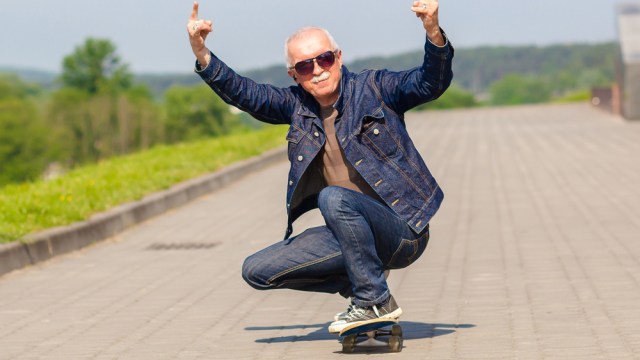Observing stroke recovery in mice may provide guide for humans

- Scientists have observed genes responsible for helping mice recover from strokes.
- This could provide guidance for humans.
- Drugs could be developed to target these specific genes.
Scientists at Stanford Medicine recently observed that some mice recovered from strokes better than others, leading them to wonder whether or not they could find evidence that specific genes played a role in recovery. They did.
The results of the study — which can be read here — describes thirty-three male mice with strokes and seven mice without strokes being charged with balancing on a “horizontal rotating beam” — running out across and back. After the stroke, the mice couldn’t do this. Two weeks after the stroke, 25% of the mice were able to recover well enough to run across the length of the beam and back.
Previous research into stroke recovery in mice has noted that sensory deprivation has pushed its brain in a more healthy direction if its whiskers were trimmed; blocking an immune response aids stroke recovery; Ambien can aid in recovery; there’s research that talks about a rich, playful environment aiding in a mouse’s recovery, which is featured in the video below; and even a grape-rich diet can help improve stroke recovery in mice.
Why look at genetic recovery in mice? “Understanding the genes regulated post-stroke could help us design novel ways to treat patients in the days and weeks after the initial event,” Michelle Y. Cheng is quoted as saying.
What was found? “Distinct biological pathways” in the portion of the motor cortex opposite the lesion wrought by the stroke as well as pathways on the same side of lesion-affected cortex. There were 38 genes on the side of the brain impacted by the lesion associated with recovery and 74 genes opposite the lesion that were associated with recovery.
A majority of these genes are involved with something called cAMP signaling. cAMP signaling detects molecules outside already existing cells and has a role in determining a response.
‘cAMP signalling’ activates a protein called a protein kinase that modifies other proteins in the body that send signals off somewhere else. Broadly speaking, cAMP signalling also has a role in memory, water absorbed in the kidney, whether or not the heart is relaxed, breaking down fats, and more.
The particular genes involved in cAMP signalling that played a role in stroke recovery for the mice are called adenosine receptor A2A, dopamine receptor D2, and phosphodiesterase 10A. Receptors are protein molecules embedded in cell membranes that respond to external stimuli to transmit information somewhere else. The A2A is often a target of caffeine. It is a protein that is abundant in platelets, lymphocytes, and more. The D2 receptor is typically the target of most antipsychotic drugs. Current research suggests that there might be a link between phosphodiesterase 10A and obesity.
In the case of post-stroke recovery, however, the study notes that activating A2A “signaling within a few hours poststroke can reduce inflammatory cell infiltration after stroke”; that “activation of Drd2 on astrocytes in acute stroke can reduce neuroinflammation”; and that “inhibition of Pde10a may be a promising therapeutic strategy for psychiatric and neurodegenerative diseases.”
There are complications — blocking A2A signaling can help against a lesion-induced toxicity; and not only does Drd2 inhibit cAMP communicating with the rest of the body, but “the role of Drd2 in brain repair is also unclear.”
Nevertheless, this is research that makes the figurative target of our interest a little clearer and a little sharper, illustrating where medicine can take aim next.





